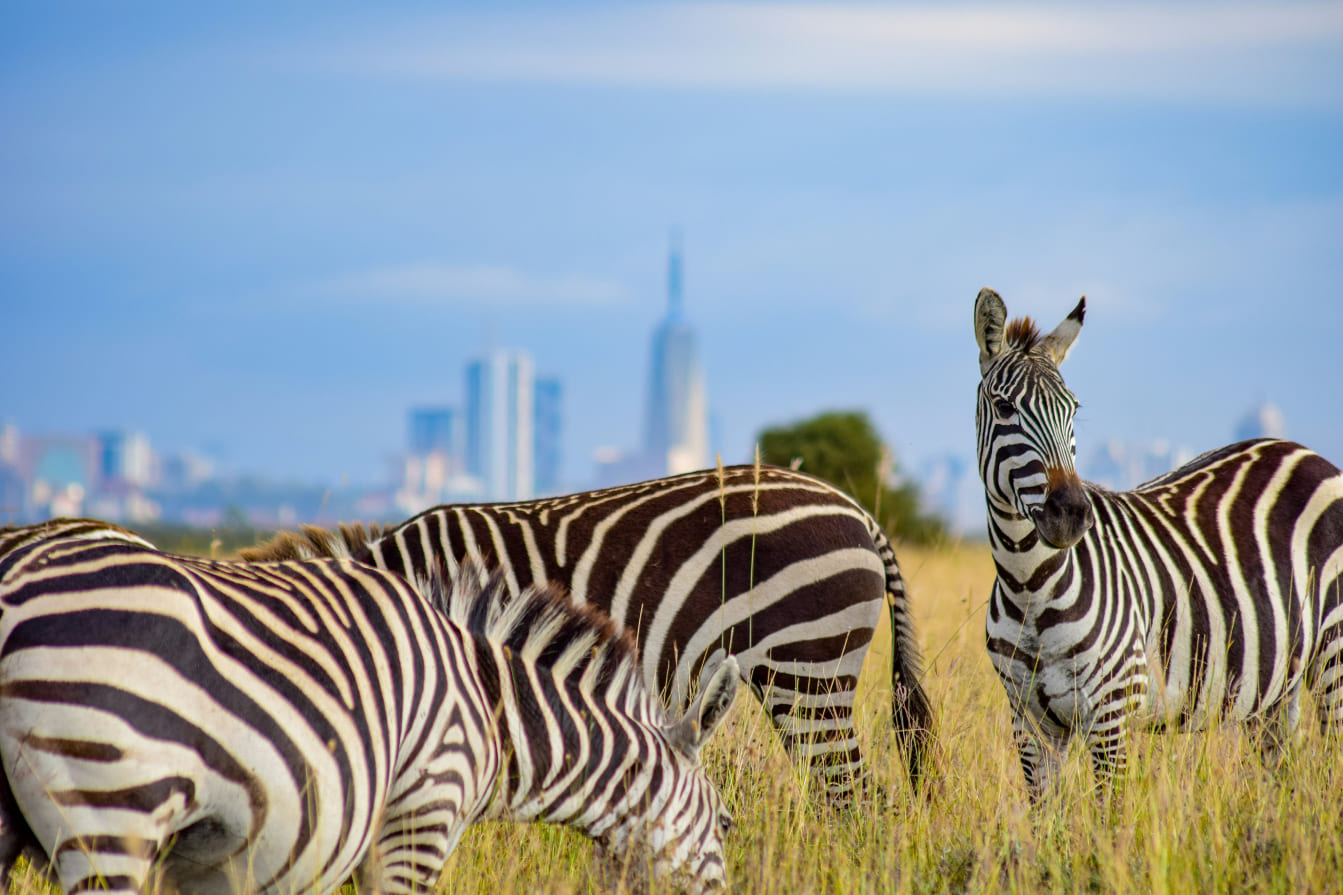Forest and Steppe Sanctuaries

Zebra (Equus zebra)
Zebras, with their striking black-and-white stripes, are among the most iconic inhabitants of Africa’s savannahs and grasslands. Each zebra’s stripe pattern is as unique as a fingerprint, serving not only as camouflage but also as a way for individuals to recognize one another within their herds. These social animals live in groups called harems, led by a dominant stallion who protects the group from predators.
Zebras are grazers, feeding primarily on grasses, but they can adapt their diet to include shrubs and bark during droughts. Their ability to digest tough vegetation allows them to thrive in areas where other herbivores might struggle. Zebras play a crucial role in their ecosystems by maintaining grassland health and serving as prey for predators such as lions.
In reserves, zebras are protected from threats such as habitat loss and poaching. Conservation efforts include preserving migratory corridors and ensuring the availability of water sources. Visitors to reserves often marvel at the sight of zebras grazing or galloping in unison, their stripes creating an optical illusion that confuses predators.

